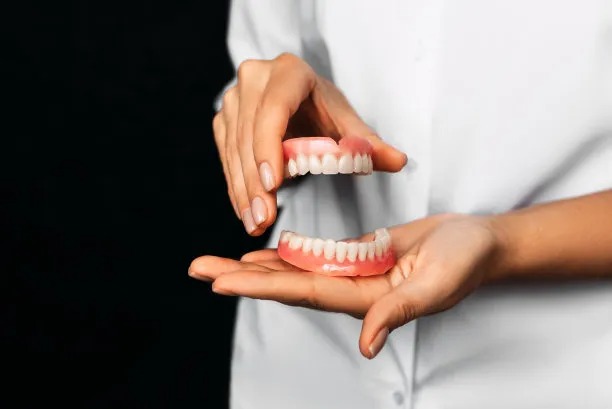The Essential Guide to Understanding the Tooth Extraction Process and Aftercare Tips for a Smooth Recovery
Summary: Tooth extraction is a common dental procedure that may be necessary due to various reasons such as decay, trauma, or overcrowding. This comprehensive guide aims to provide a detailed understanding of the tooth extraction process, alongside essential aftercare tips for ensuring a smooth recovery. We will explore the reasons for tooth extraction, detail the steps involved in the procedure, discuss potential risks and complications, and offer important aftercare advice. Armed with this information, patients can approach the extraction process with confidence and a clear plan for recovery.
1. Reasons for Tooth Extraction Explained

Tooth extractions are performed for a multitude of reasons. One of the most common is severe tooth decay. When a cavity has progressed too far, it often becomes impossible to save the tooth through other treatments. In such cases, extraction is necessary to prevent infection from spreading to surrounding tissues.
Another reason for tooth extraction is overcrowding. Often, patients may require orthodontic treatment, like braces, and removal of one or more teeth can create the space needed for proper alignment. This is especially prevalent among teens and young adults where jaw size may not accommodate all teeth.
Additionally, impacted wisdom teeth are a frequent cause of extraction. Wisdom teeth, or third molars, often do not have enough space to emerge properly, leading to pain, infection, or damage to neighboring teeth. These teeth are usually extracted to prevent potential future problems.
2. Understanding the Tooth Extraction Procedure
The tooth extraction process typically begins with a thorough examination and possibly an X-ray to assess the tooths condition and its roots. After understanding the situation, the dentist discusses the procedure with the patient, ensuring they are mentally prepared for what to expect.
Once the patient is ready, anesthesia is administered to numb the area surrounding the tooth. This critical step ensures that the patient feels no pain during the extraction. Depending on the complexity of the extraction, sedation options may also be discussed.
The dentist then proceeds with the extraction, either by loosening the tooth with specialized tools or, in the case of impacted teeth, by making incisions in the gum to access the roots more effectively. After the tooth is removed, the area is cleaned, and a gauze pad is placed to help control bleeding.
3. Potential Risks and Complications to Consider
As with any surgical procedure, tooth extraction carries certain risks and complications. One of the most common concerns is dry socket, which occurs when the blood clot that forms in the socket becomes dislodged or dissolves before the wound has healed. This can lead to severe pain and delayed healing.
Infection is another risk that can arise following an extraction. If bacteria enter the socket or surrounding tissue, it may lead to further complications, requiring additional treatment and antibiotics. Patients are often advised to monitor the extraction site and keep it clean.
Lastly, there may be damage to surrounding teeth or nerves during the extraction process. Although rare, this can lead to complications such as numbness or ongoing discomfort. Careful evaluation and skillful execution by the dentist can minimize these risks significantly.
4. Essential Aftercare Tips for Recovery
After the tooth extraction, following proper aftercare is critical for a smooth recovery. Immediately following the procedure, patients should rest and keep their heads elevated to reduce swelling. Applying ice packs to the outside of the cheek can also help manage swelling during the first 24 hours.
In terms of diet, soft foods are recommended in the initial days post-extraction. Foods like yogurt, applesauce, and mashed potatoes can provide necessary nutrition without irritating the extraction site. Its also advisable to avoid hot foods, spicy dishes, and any foods that require chewing that may disturb the healing process.
Lastly, follow-up appointments may be necessary to ensure the area is healing correctly. Patients should pay attention to any signs of infection, such as increased pain, swelling, or fever, and they must consult their dentist if these symptoms arise.
Summary:
Understanding the tooth extraction process is vital for patients facing this dental procedure. By knowing the reasons for extraction, the steps involved, potential risks, and essential aftercare tips, patients can ensure a smoother recovery. Good communication with the dental team and adherence to aftercare instructions contribute greatly to positive outcomes.
This article is compiled by Vickong Dental and the content is for reference only


